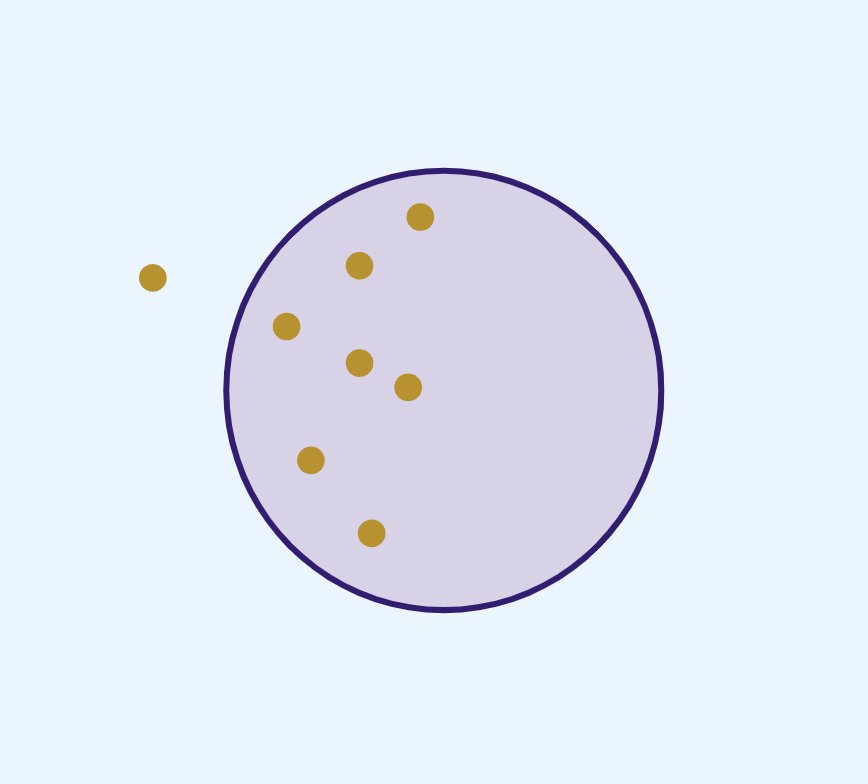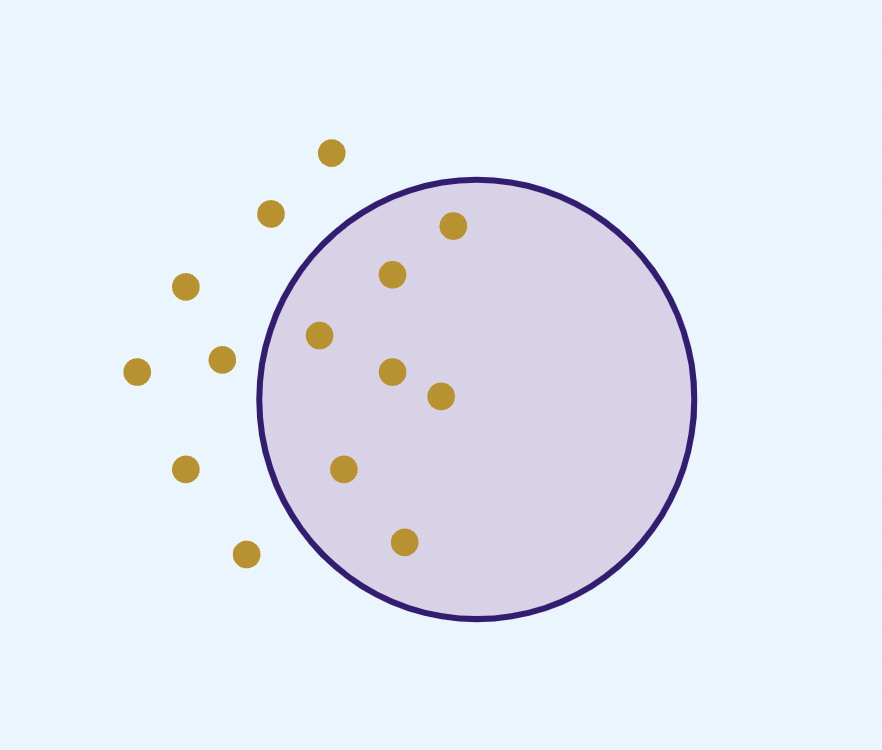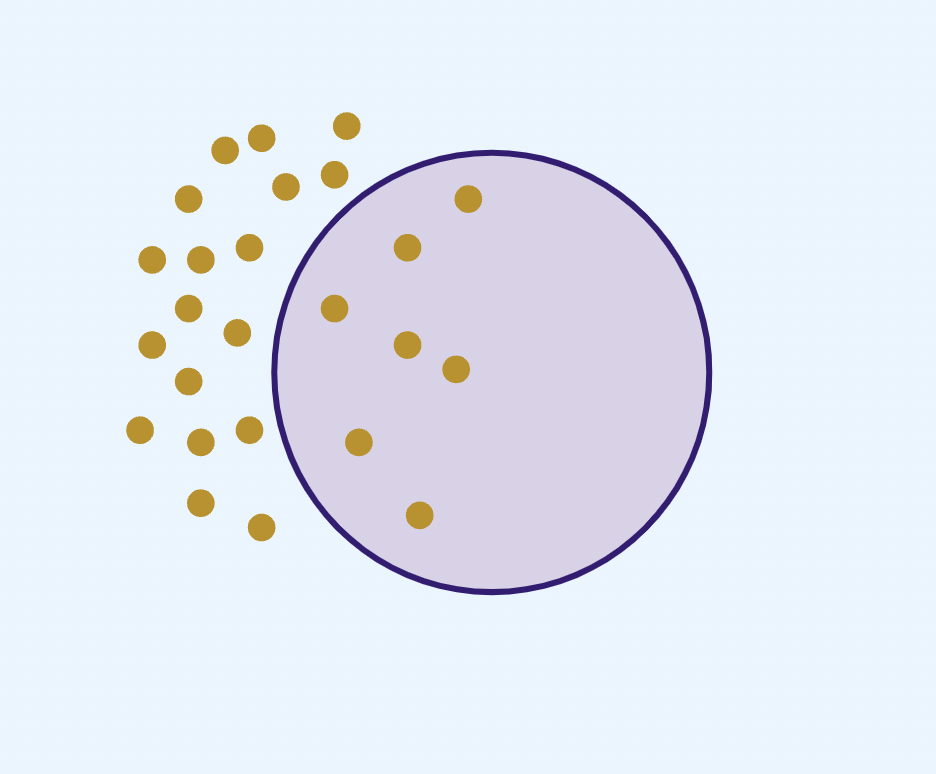IB Bio: Cellular Biology
1/155
Name | Mastery | Learn | Test | Matching | Spaced |
|---|
No study sessions yet.
156 Terms
(ex. muscle cells --> cardiac tissue contracts --> heart pumps blood --> blood moves through circulatory system --> whole organism uses blood), is not visible in an individual component
totipotent stem cells
can grow into any other cell type and extra-embryonic tissue, fertilized egg
Davson-Danielli model
model of the cell membrane in which the phospholipid bilayer is between two layers of protein
Based on an e- microscope image of a trilaminar appearance, suggested proteins flank phospholipid bilayer
Assumed uniform thickness of membranes and constant lipid: protein ratio, does not show permeability
Falsified: the temperature at which membranes solidify does not correlate with this model, freeze fracturing and splitting membrane showed irregular rough surface (transmembrane proteins); fluorescent antibody tagging showed proteins are mobile
role of cholesterol in plasma membrane
maintains membrane fluidity through extreme temps by immobilising outer surface
reduces permeability to small water-soluble molecules
Has an amphipathic character
peripheral proteins function
Cell-to-cell links and recognition, provide support on the intracellular surface, and form part of glycocalyx (slime capsule),
anchors carbohydrates (glycoproteins)
Signal transduction - receptors for peptide hormones
Site of enzyme activity
Increased temperature
decreased molecular mass
increased cell membrane thickness
Increased SA:V



- Phosphorylation occurs, the ATP loses one of its 3 phosphates, creating ADP
- This causes the protein to change shape and expel the NA+ ions
- 2 K+ ions bind to protein, causing it to release its phosphate
- protein returns to original shape, expelling K+ ions
-Aseptate Hyphae have no cellular partitions
-Giant algae is made from a single cell
Binary fission
Similar to mitosis but for prokaryotes and simpler
Circular DNA copied, two DNA loops attach to the plasma membrane
Cytokinesis occurs